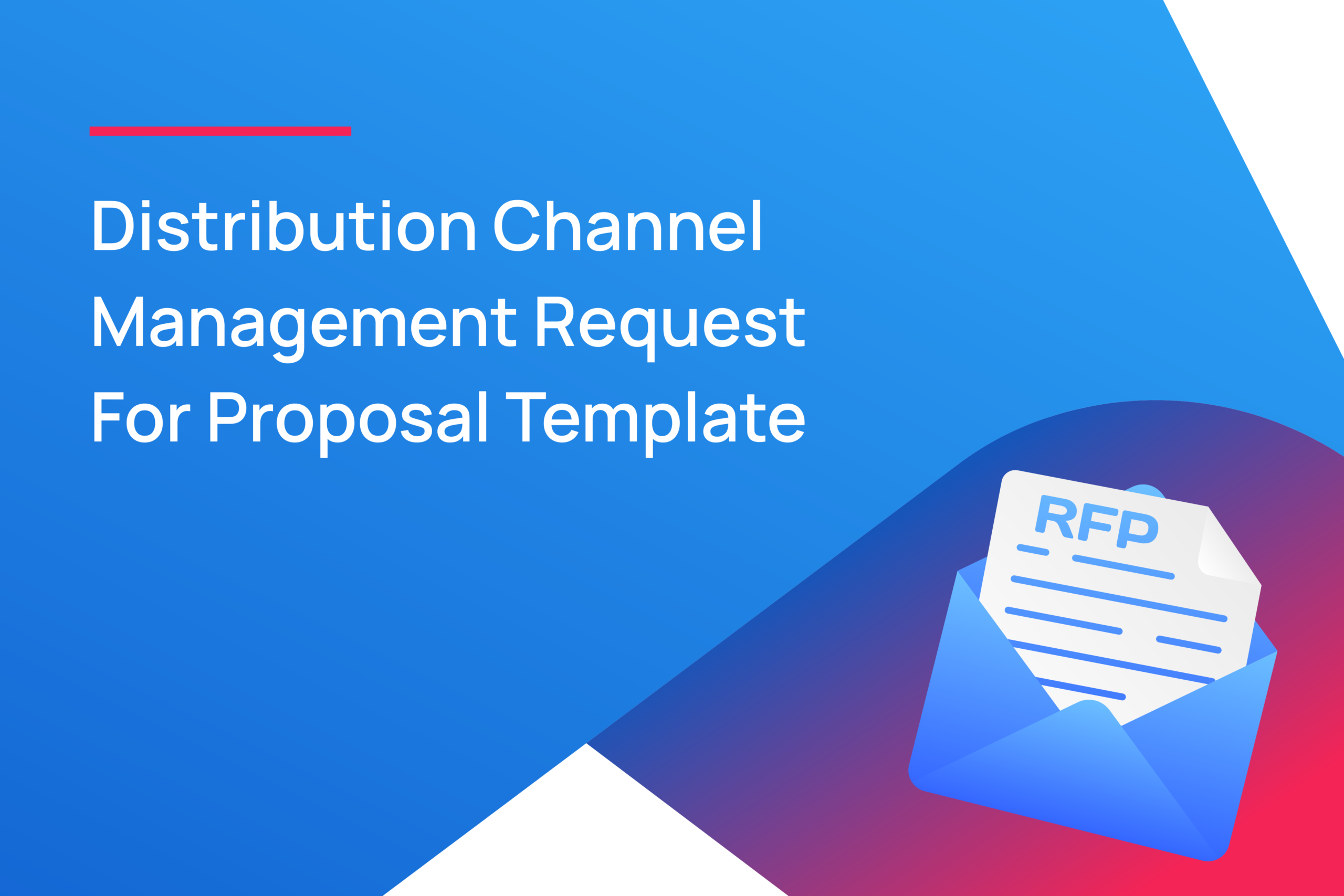

Digital transformation in the insurance industry is alive and well as more agencies, carriers, and MGA/MGUs choose to update their manual processes in favor of modern, automated solutions. When it comes to a technology revamp, who an insurance organization partners with matters. The last thing business leaders want is to spend a significant amount of time, money, and resources implementing a solution only for it to fail to provide value.
The right tech vendor will support you and contribute to your success throughout every stage of your business. The wrong vendor will cost you more than they’re worth and leave you feeling more like a transaction than a true partner. Overhauling legacy technology (or replacing your current not-so-perfect solution) can positively impact every aspect of your business, but the process involves a number of steps; starting with finding the right vendor. To find a partner that truly supports your goals, start by nailing down your RFP process.
Conducting an insurance distribution channel management vendor RFP
An RFP, or request for proposal, is a method commonly used by businesses to compare vendors before deciding which one to partner with. The process involves sending questions to a shortlist of potential vendors to get more detail into their solution and how it can (or can’t) address an organization’s pain points.
At its core, distribution channel management (DCM) is about balancing the complexities of compliance, producer onboarding, licensing, and carrier appointments, but not all DCM solutions are built the same. An effective RFP can help you determine which vendor is best suited to your business.
While conducting an RFP can be overwhelming, to make the process as smooth as possible and avoid having to repeat it again in the near future, know these five common barriers to successful RFPs and how to overcome them.
1. Conducting insufficient market research
Often, companies will begin their software-procurement process by creating a shortlist of vendors to send an RFP to. This shortlist should include the top three to five vendors most aligned with your distribution channel management needs.
Determining who makes the shortlist is a vital first step in finding your long-term DCM partner. Some organizations go into the RFP process already knowing one or two vendors they want to consider, but beware. The people in charge of choosing who makes the shortlist may have bias toward a particular solution. However,that doesn’t mean they should neglect looking at other options. Neglecting to do any further research can limit your chances of finding the best partner for your business.
On the flipside, inviting every potential vendor in the market to participate in your RFP is never a good idea, either. The more RFPs you send, the less time you have to properly evaluate each response. It’d be a huge waste of everyone’s time to send an RFP to every single vendor in the market.
Conducting sufficient market research can help you find the three to five vendors that are most likely to meet your business’s unique needs. Researching which ones you’d like to invite to the process reduces the effort required downstream and increases the odds of receiving quality responses.
2. Asking the wrong questions
Uncovering the true value of a solution isn’t possible if you’re not asking the right questions. Tech vendors aren’t mind readers. If you’re looking for specific information, you need to make sure the questions you ask in your RFP are detailed enough to uncover the information you want.
For example, when it comes to pricing questions, you don’t want to just ask how much a solution costs. Instead, ask questions that give you a better idea of the solution’s total cost of ownership. That way, vendors won’t be as likely to leave out any additional fees they charge for things like data pulls or custom reports, and you won’t be in for a surprise when you receive your first invoice.
Using the information you gather from your own internal discussions and market research, you can divide your RFP questionnaire into different sections, each with its own subset of questions. Sections might include:
- Pricing
- General business questions
- Product functionality
- Security
- Integrations
In each section, ask a mix of closed- and open-ended questions to allow vendors to provide a significant amount of detail without overwhelming you with information. Including a few simple yes/no questions in each section helps you to more easily score responses.
3. Asking too many questions
Just as you don’t want to spend time evaluating too many vendors, you also don’t want to ask too many questions in your RFP. Remember, the more questions you ask, the more responses you’ll need to dig through. While it can be tempting to ask as many questions as possible right off the bat, your RFP should be reserved for more high-value queries.
You’ll always have a chance to dig into the details later on in the vendor selection process. For example, the demo stage of an evaluation may be a better time to ask more detailed and specific questions about a solution’s features and functionality.
4. Relying only on vendor-supplied information
Whether intentional or not, vendor responses contain a certain level of bias. It’s easy to get caught up in all the promises a vendor makes, but how can you know if they’ll actually deliver on those promises once you’ve signed a contract?
You can supplement the information you receive from a vendor with information from third-party sources. This could include reaching out to people in your network who have experience working with a vendor, reading reviews on popular software review websites like G2, reading through customer case studies, and asking the vendor to provide you with customer references.
Neglecting to do any external research and only relying on what a vendor is telling you about their product and service could leave you with a skewed perception of the true value of a solution.
5. You already made your selection and are just going through the process
We mentioned earlier that some businesses go into an RFP with two to three vendors in mind already, but sometimes it goes a step further. Anyone who goes into an RFP process with their mind already made up about who they’re going to choose is doing themselves and the vendors they’re evaluating a disservice.
Not taking the RFP process seriously wastes vendors’ time, money, and resources, as well as your own. Of course it’s OK to think you know who you want to partner with, but that doesn’t mean you shouldn’t approach the process with an open mind. You might discover that the solution you were sure was the best fit can’t actually offer the level of reporting that you’re looking for, or that its producer data is really only accurate about half of the time.
Efficient distribution channel management is mission-critical for insurance carriers and agencies
Distribution channel management is an important part of any insurance organization’s operations, so choosing who to partner with is a decision that shouldn’t be taken lightly. Whether you’re ready to start the selection process for the first time, or you’re unhappy with your current vendor and want to evaluate potential replacements, conducting an RFP is in your future, so set yourself up for success by avoiding these common pitfalls.
Need additional help building a DCM vendor RFP? We’ve put together a template of standard questions to help get you started. Whether you’re considering AgentSync as a future partner or not, our RFP template is available to you free of charge and comes pre-populated with dozens of questions to help you evaluate any potential DCM vendor.
Click here to download the RFP template.
And if you haven’t already, consider adding AgentSync to your list of potential technology vendors. We equip insurance organizations across the country with seamless, automated solutions for their distribution channel management needs. Plus, our team of experts is dedicated to providing excellent customer service from evaluation to implementation and beyond. To learn more, talk to an AgentSync representative today.

